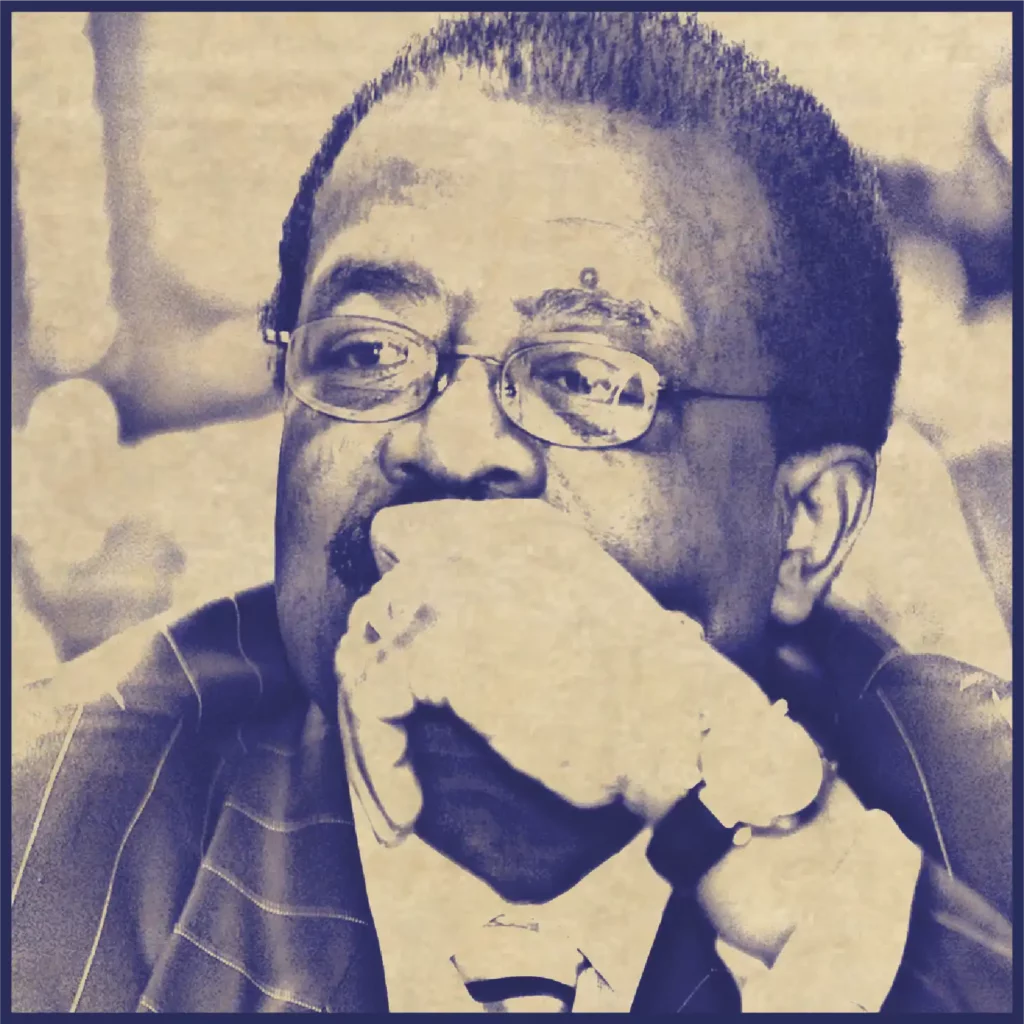My Truck Accident Case
There are many factors that go into a successful trial of a truck accident case. The most important of these factors is the experience and preparation of the lawyer handling the case.
A trial is the culmination of many events throughout the life of your truck accident case. These events start with the discovery process where depositions, interrogatories, requests for documents and even vehicle inspections are performed. The purpose of the discovery process is to discover the facts and theories that each side will be presenting at trial.
For instance, the defense will want to take the deposition of the plaintiff and all of the witnesses that the plaintiff will call during the trial to support his case. Likewise, the plaintiff will want to take the depositions of the defense witnesses who may have a different opinion or view of the facts and evidence in the case.
In truck accident cases, expert witnesses are frequently utilized to reconstruct the accident or testify about the condition of the 18 wheel vehicle involved in the crash.
The Trial
The trial process begins with voir dire. This is the process of picking a jury by asking questions of potential jurors. Each side gets the opportunity to ask potential jurors questions in an attempt to determine whether that juror has any biases or problems being fare to their client.
Once the jury is picked, each side will give an opening statement. The opening statements are not evidence. However, each side will give their statement to let the jury know what they intend to prove and how they intend to prove it during the trial.
The plaintiff, who has the burden of proof in any case, will then put on his case by presenting the sworn testimony of witnesses. The defense has the right to cross examine these witnesses. The plaintiff can then usually have the last say so by redirecting the examination of the witness before the witness is excused.
When the plaintiff completes his presentation of evidence through witnesses and documents, the defense is allowed to present their case through witnesses and documents. The plaintiff can cross examine those witnesses and the defense gets to redirect them before they are excused.
At the close of the case, each side presents closing arguments, which is also not considered evidence, and then the jury is instructed by the judge on the law to apply in the case. The jury then retires to elect a foreperson of the jury and to begin deliberations.


